After investigating the 65C816 board, I concluded that the extra features made it harder to use legacy software like the BBC micro firmware - code and the extra hardware vectors overlap. You can disable 68C816 mode, but if you do then there is not much point in paying extra for the board. It also gets in the way of disassembling code, because you can't be sure which mode that machine code is being run in.
So I bought the 65C02 board and disassembled the firmware. Not to rip off WDC in any way, but to see how it uses the USB port. I can then adapt the code for my own projects.
The board uses a 65C22 to operate the USB FIFO module control signals and data bus. I prefer to do this with a little logic and direct connection to the data bus. Perhaps the USB module can't run as fast as the 65C02 bus cycles?
 Keith
Keith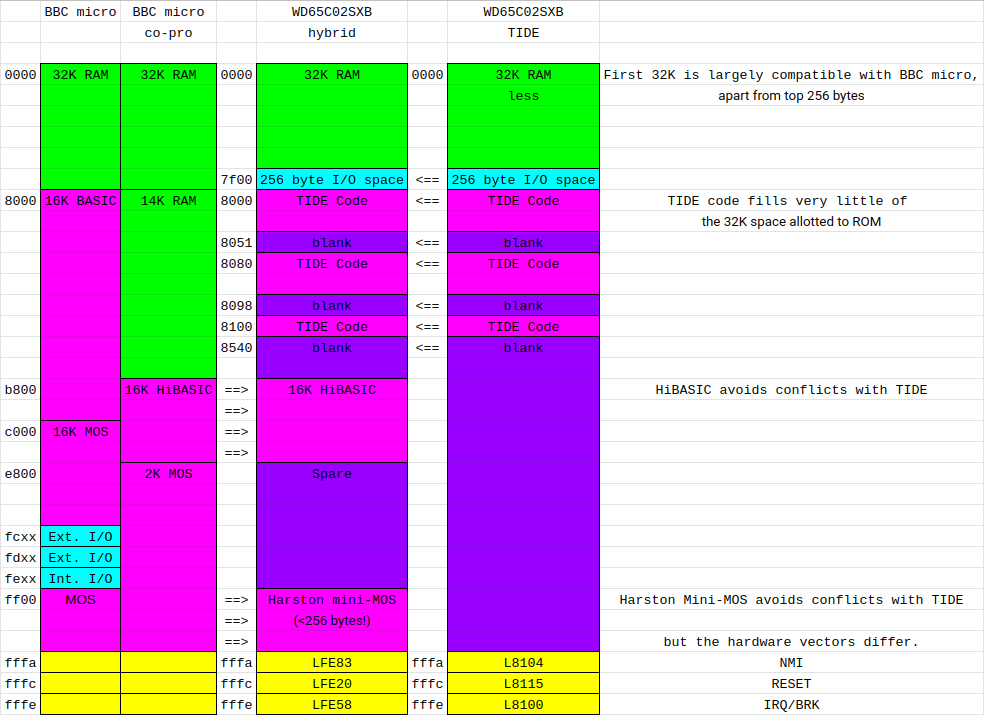
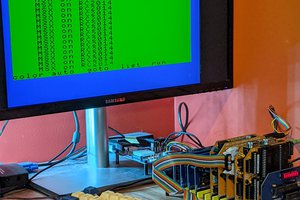
 Dean Netherton
Dean Netherton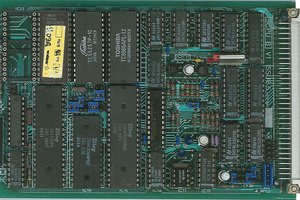
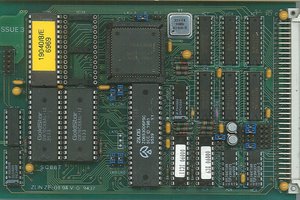
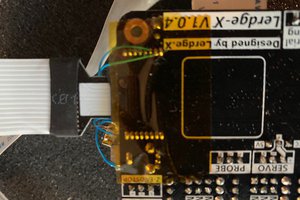
 J.C. Nelson
J.C. Nelson